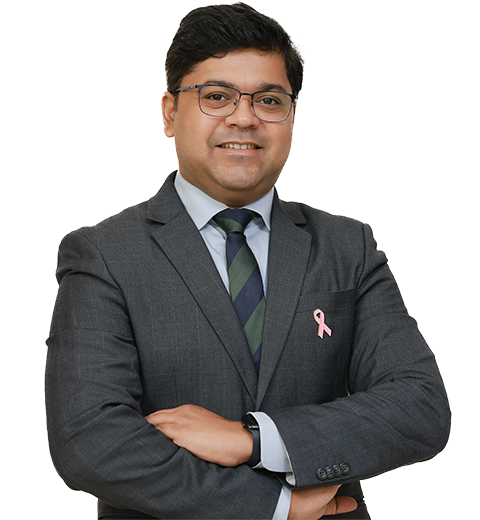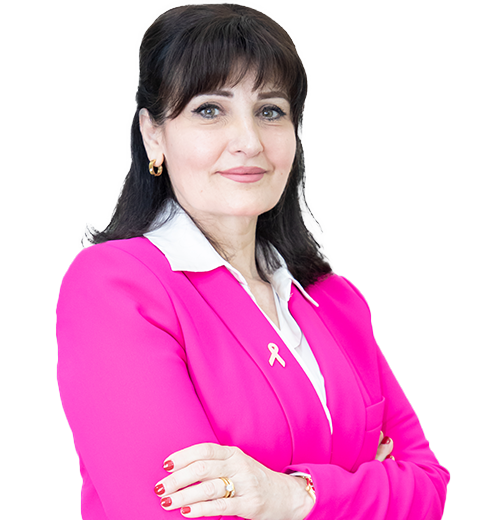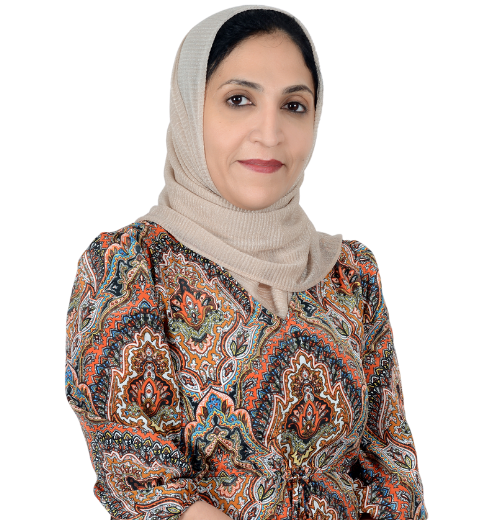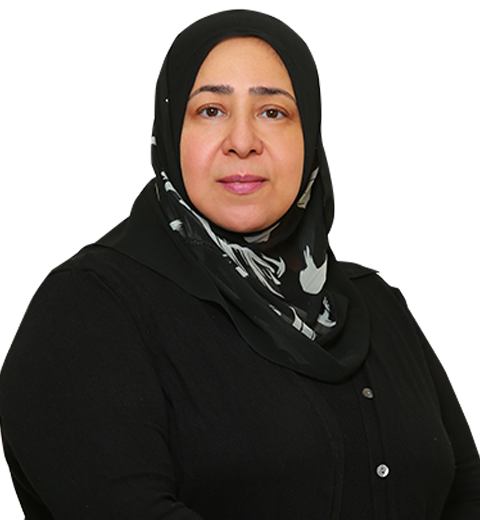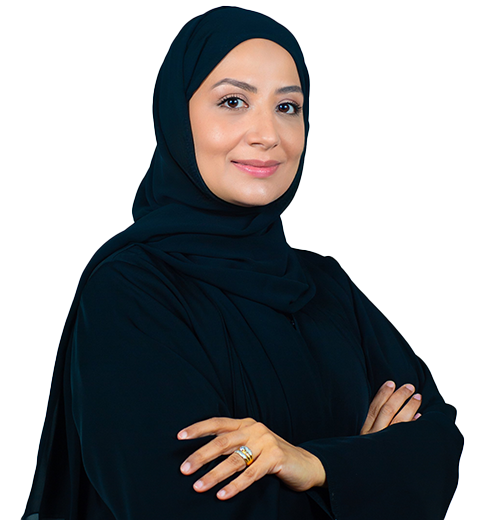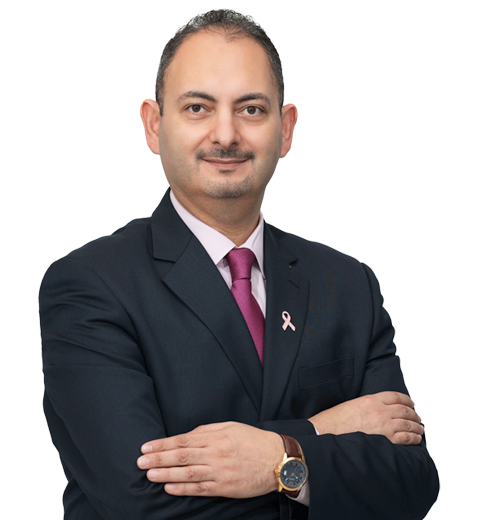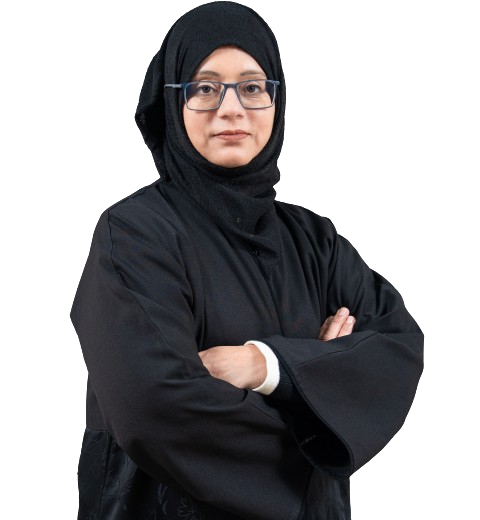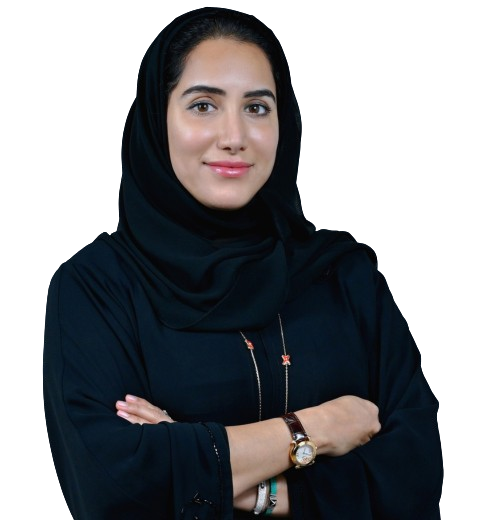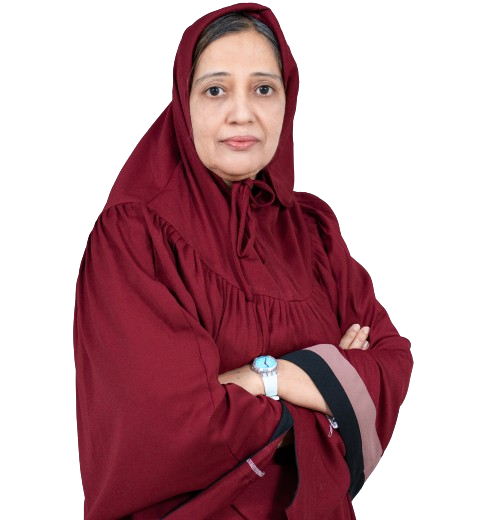What Is a Mammogram?
A mammogram is a radiographic examination of the breast that can help detect breast cancer in its early stages. It is recommended for women at average risk of developing breast cancer.
When Should I Get a Mammogram?
The American Cancer Society recommends mammograms yearly for women aged 45 to 54. Women 55 and older should switch to mammograms every two years or can continue yearly screening.
How Do I Prepare for a Mammogram?
Burjeel Hospitals are outfitted with cutting-edge diagnostic equipment, such as the HOLOGIC 3DimensionsTM mammography system. You can visit one of the closest facilities to have breast cancer screening.
Bring a list of the locations and dates of past mammograms, biopsies, or other breast procedures, as well as your previous medical records, if you visit one of our facilities for the first time.
Schedule your mammogram around a time when your breasts are unlikely to be sore or swollen to minimize discomfort and obtain high-quality images. Avoid the week leading up to your period.
Do not apply deodorant, antiperspirant, powders, lotions, creams, or perfumes beneath your arms or on or under your breasts on the exam day. Some of these contain substances that can appear as white spots on x-rays.
Before a mammogram, discuss any recent changes or issues with your breasts with the doctor. (If you have symptoms, diagnostic mammography may be necessary to obtain images of the area of concern.)
Make sure the doctor is aware of any aspect of your medical history that could increase your breast cancer risks, such as surgery, hormone use, a family history of breast cancer, or a previous diagnosis.
What Will Happen During a Mammogram?
The breast tissue is stretched out during mammography by compressing the breasts between two firm surfaces. Then, an X-ray is used to acquire 3D images, which are shown on a computer screen and analyzed for cancer indicators.
Will a Mammogram Hurt?
A mammogram is a painless procedure. You won’t feel anything during your mammogram. The only thing you might notice is the pressure of the breast compression. Women experience discomfort during a mammogram due to pressure on the breast tissue, which can be uncomfortable for some women. The risk of pain depends on the sensitivity of your breasts. Most women do not notice discomfort during their annual mammogram unless they have sensitive breasts or have previously undergone breast surgery. If you are concerned about pain during your mammogram, let your doctor know before your appointment so they can apply additional gel to reduce friction between the breast and the film plate or compression paddle that is used during the procedure.
What Happens After the Test?
After the mammogram screening test, you’ll be asked to wait for your results. You will receive them either immediately or within a week. Still, it’s important to know that they can take up to two weeks if the radiologist needs more information to make a diagnosis.
Suppose there are concerns about your mammogram result. In that case, you may be asked to come back for another appointment or for further tests such as ultrasound or biopsy (which involves taking cells from the tumor and examining them under a microscope).
Where Can I Get a Mammogram?
Our facilities are equipped with the latest mammography systems. The HOLOGIC 3DimensionsTM mammography system provides the highest image quality for breast imaging. It can deliver high-resolution images with greater detail than other systems, as well as provide more accurate detection and diagnosis of breast cancer.
A HOLOGIC 3Dimensions™ mammography system is a revolutionary technology that uses special software to create three-dimensional images of your breast tissue. The 3D images allow radiologists to visualize breast tissue more accurately than traditional film-based mammography, leading to earlier detection of abnormalities.
The HOLOGIC 3Dimensions™ system also features IQM™ software that provides real-time analysis and enhancement of all breast images taken during your exam, ensuring that only the clearest, most diagnostic images are reviewed by your radiologist.
Early Detection of Breast Cancer Can Improve Outcomes
Early detection of breast cancer can improve outcomes by helping to prevent the disease from spreading throughout the body. There are many options for early detection, including screening mammograms, breast self-exams, and clinical breast exams.
If you notice any changes in your breasts, such as lumps or swelling, you should make an appointment with your doctor as soon as possible.









